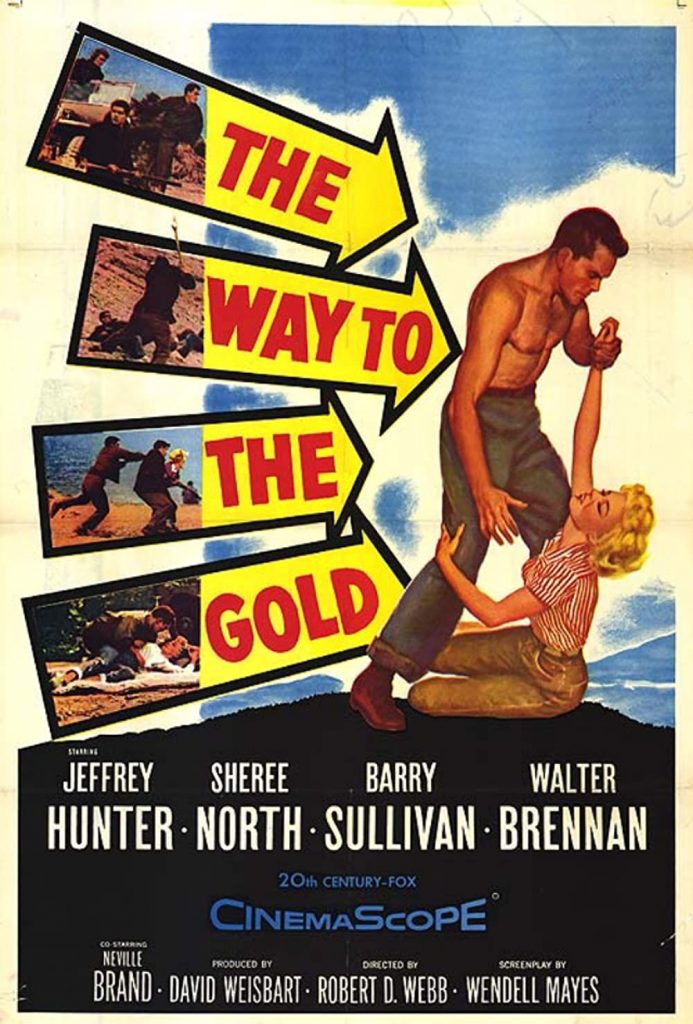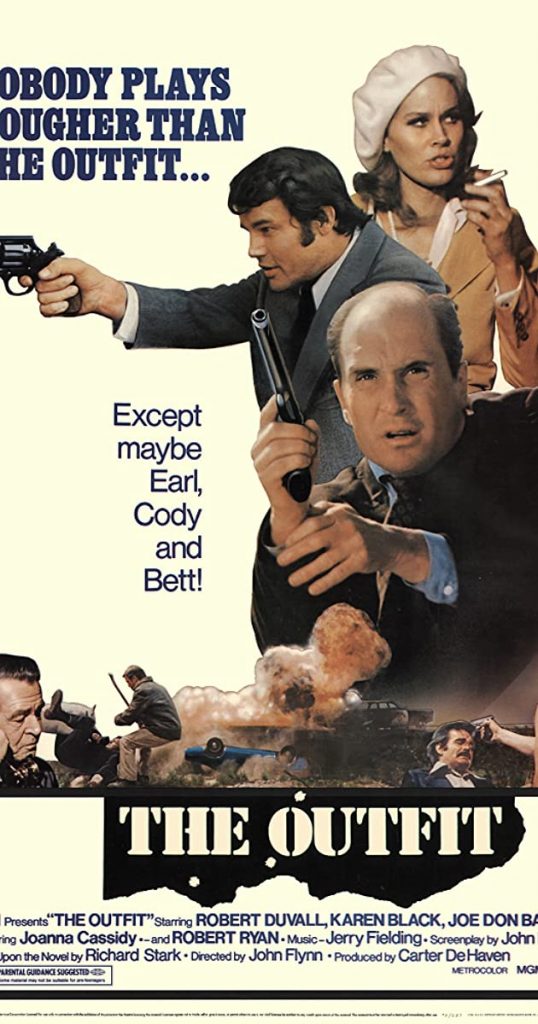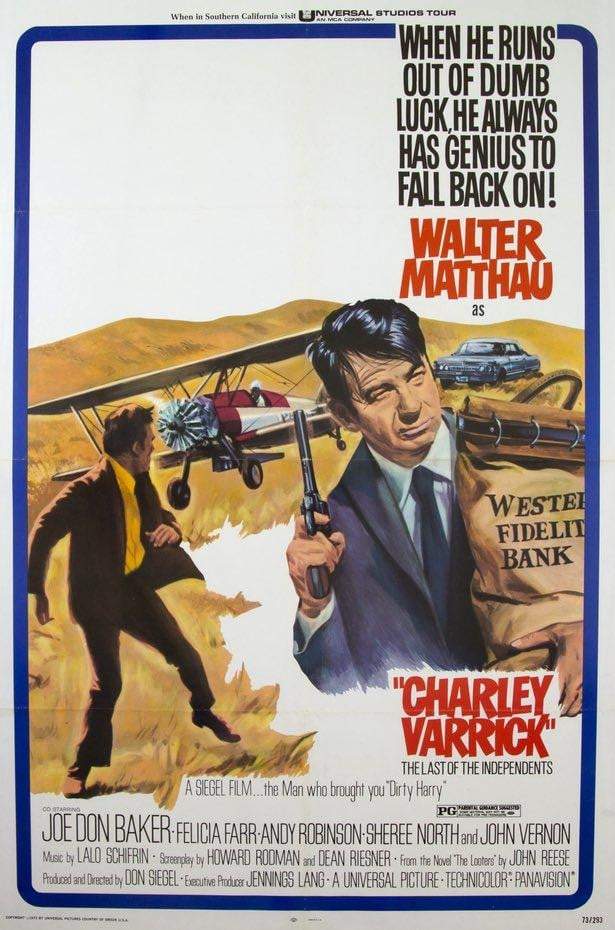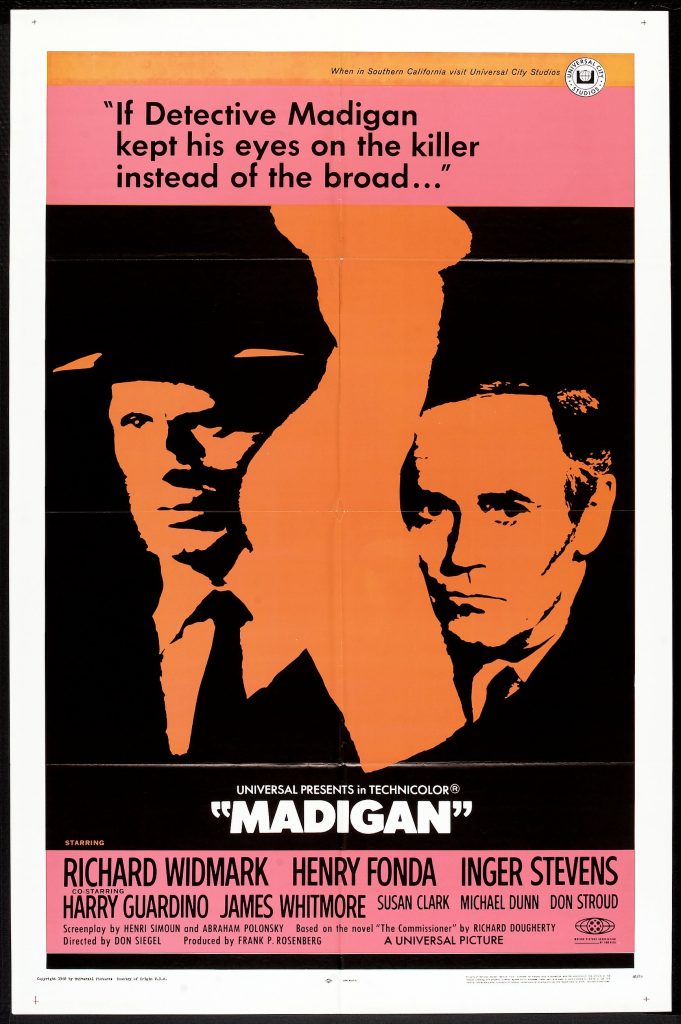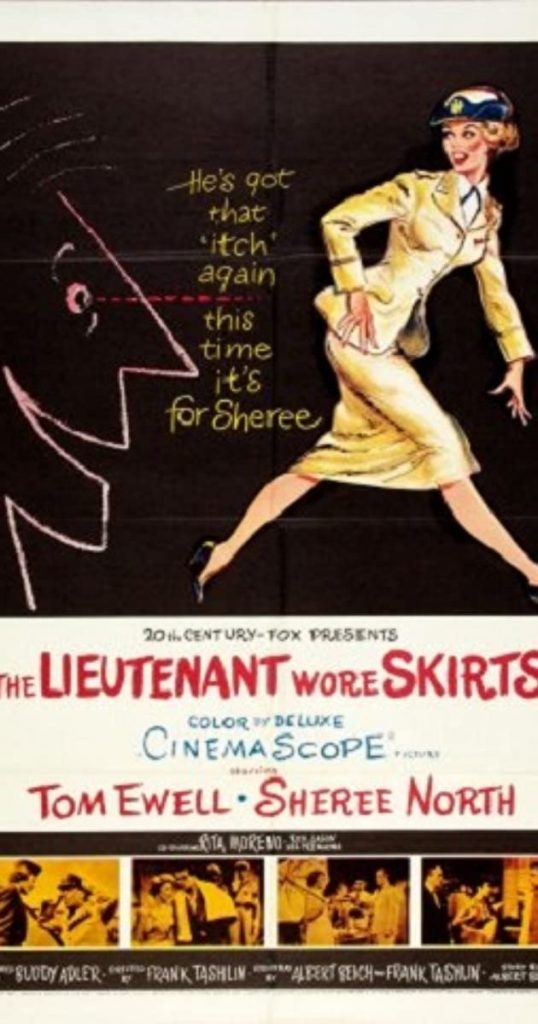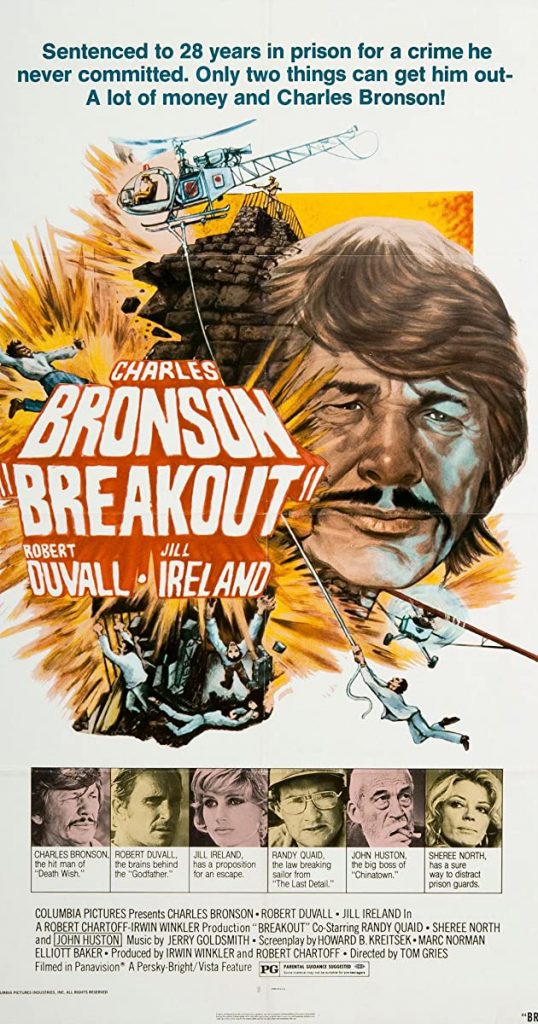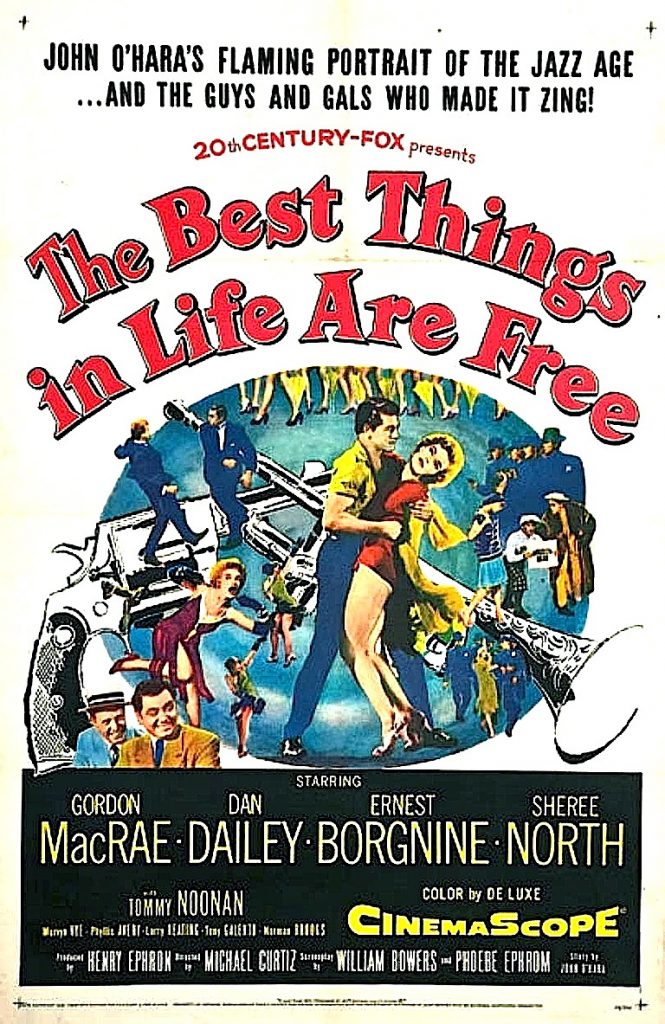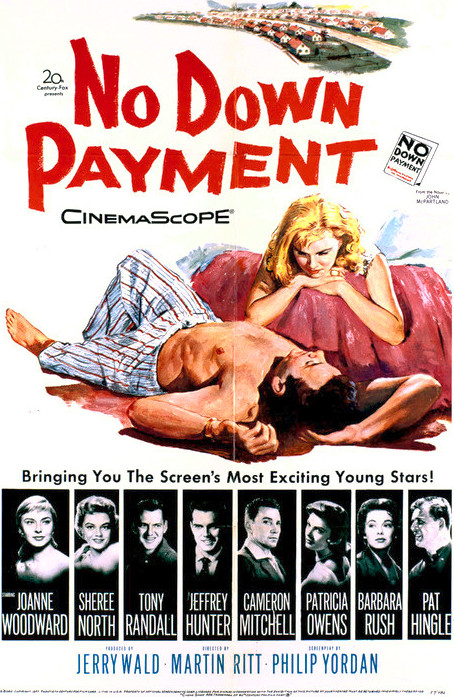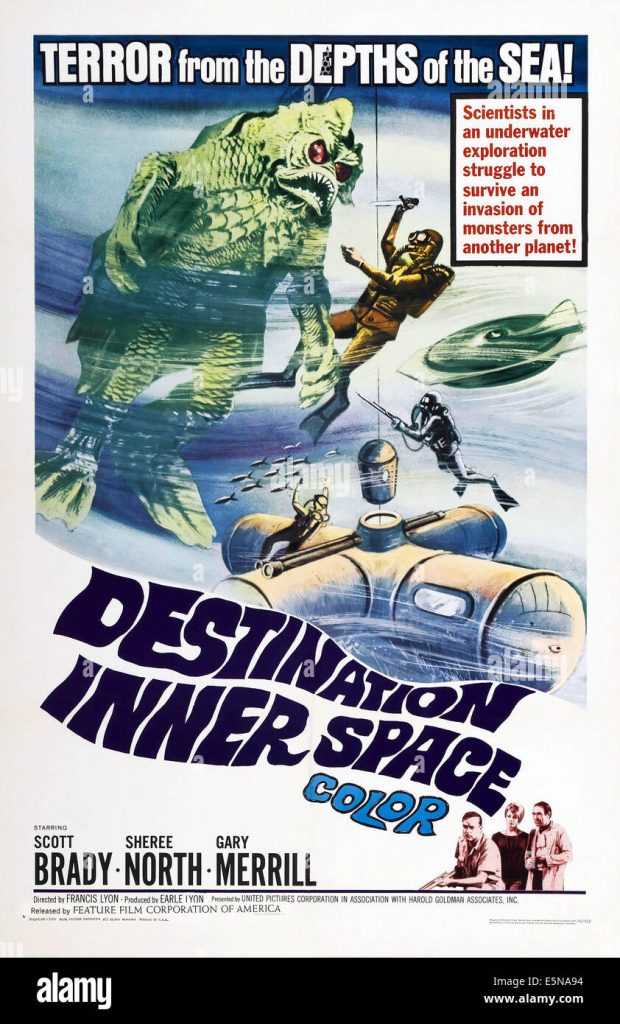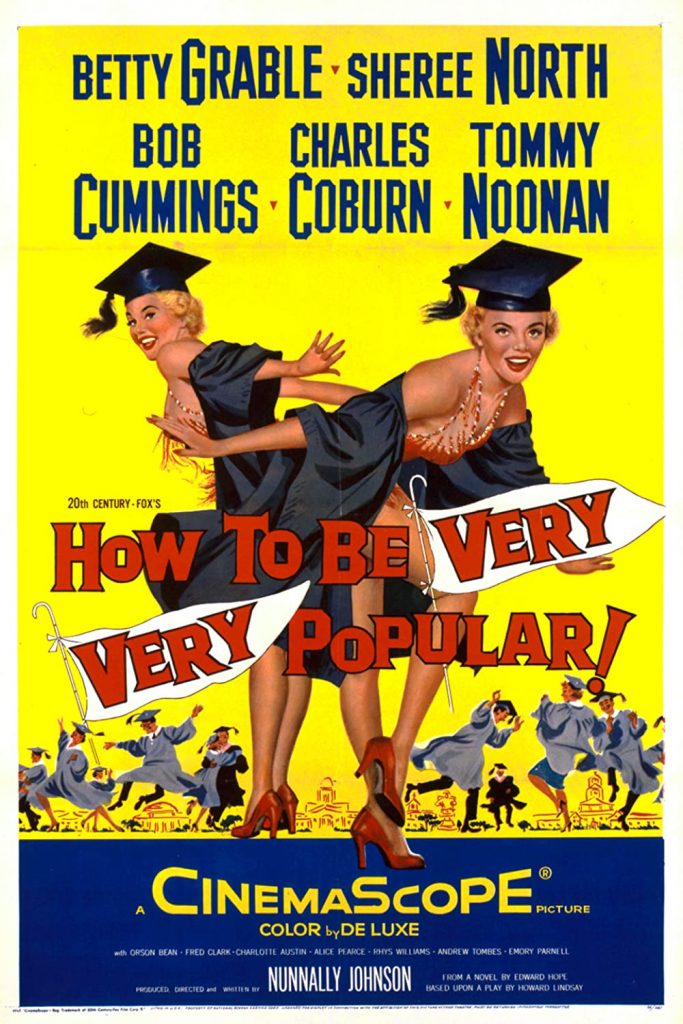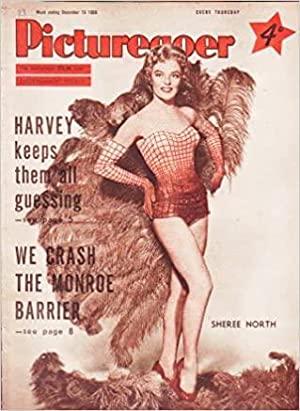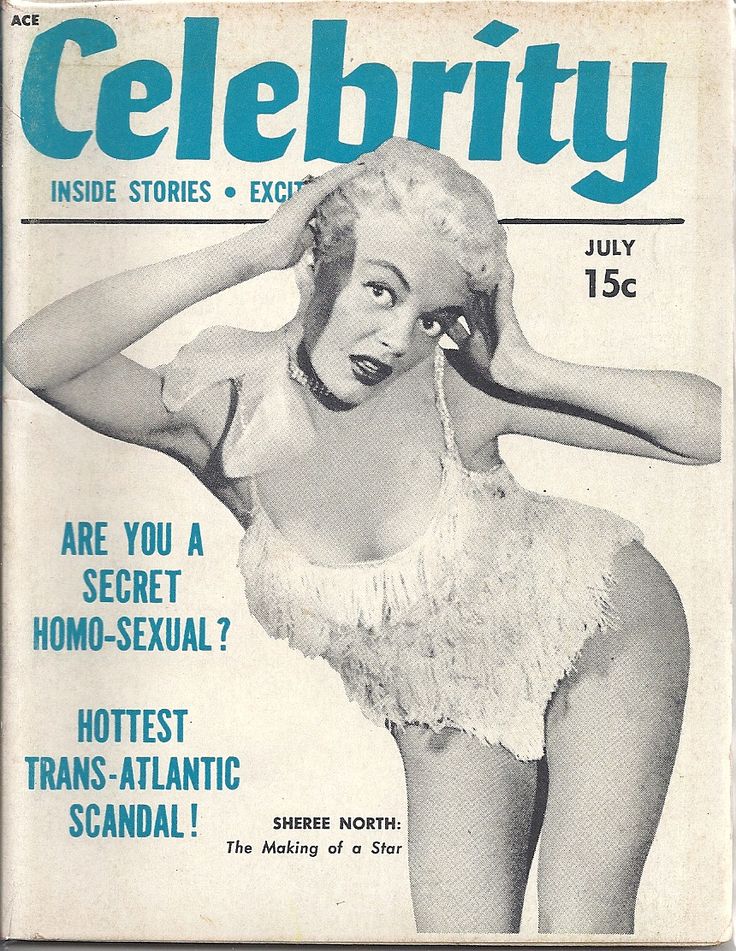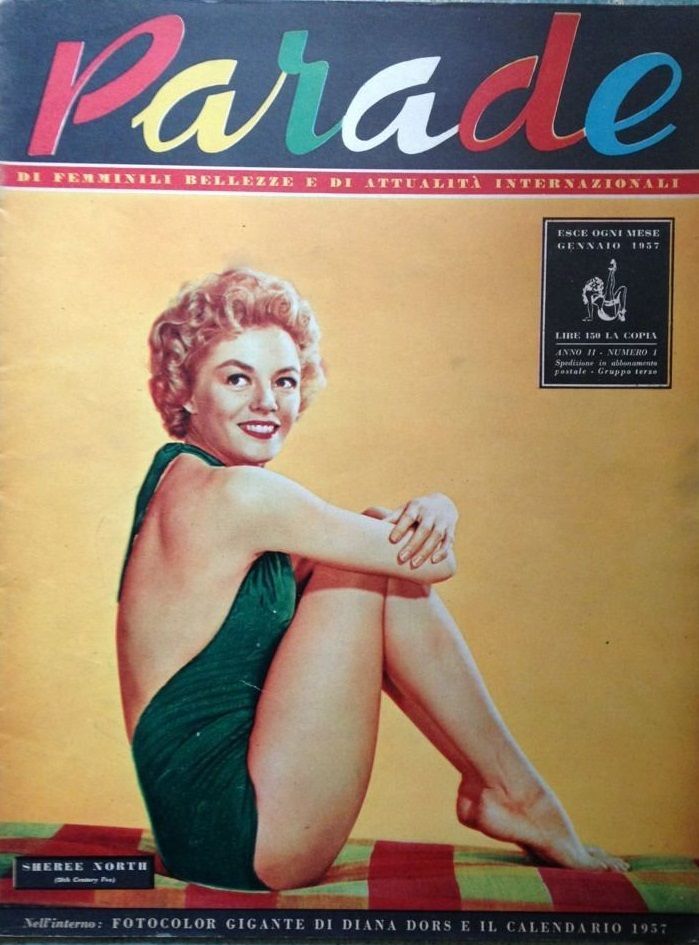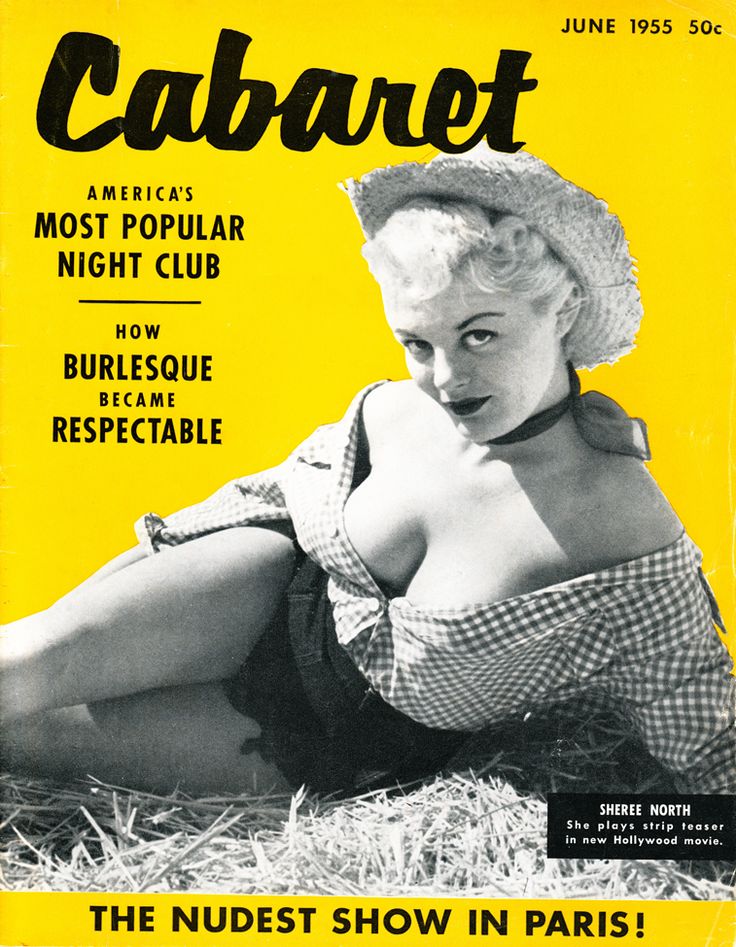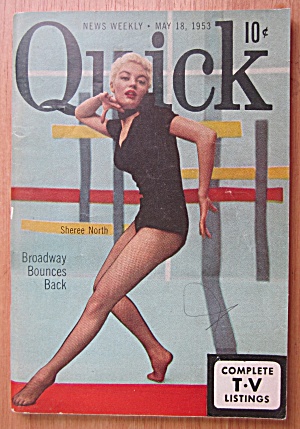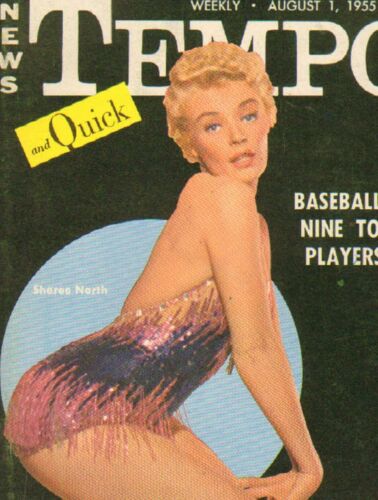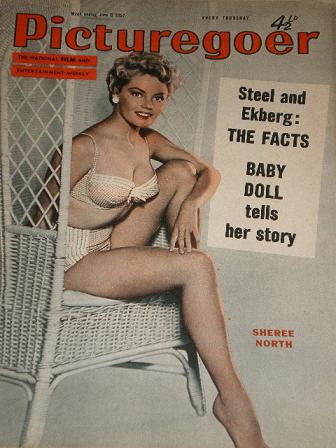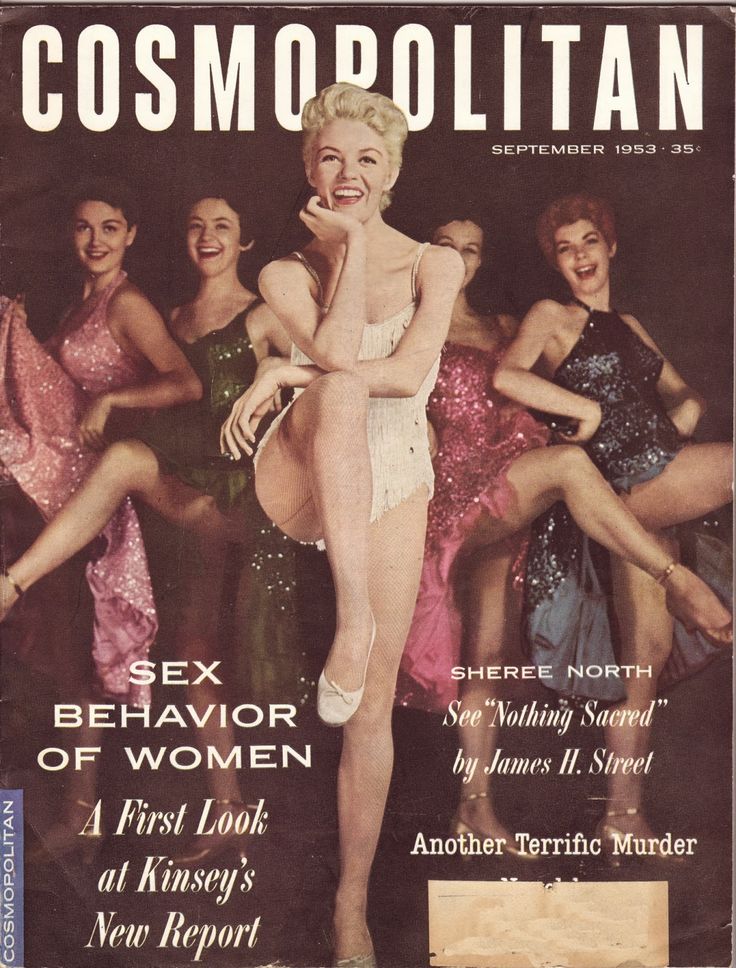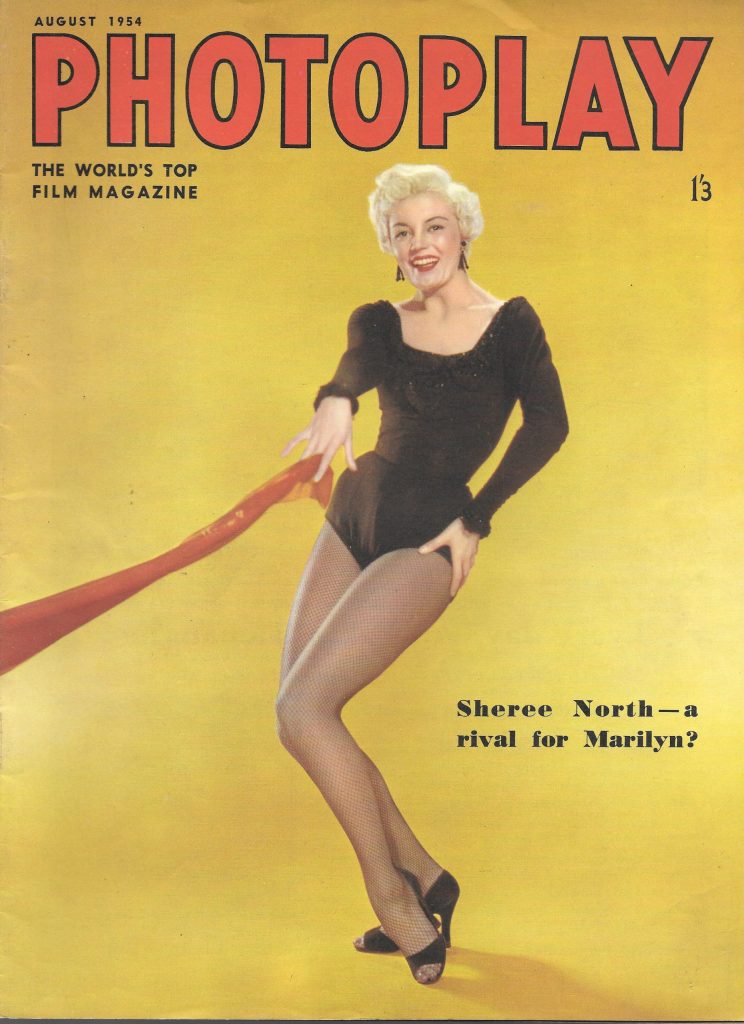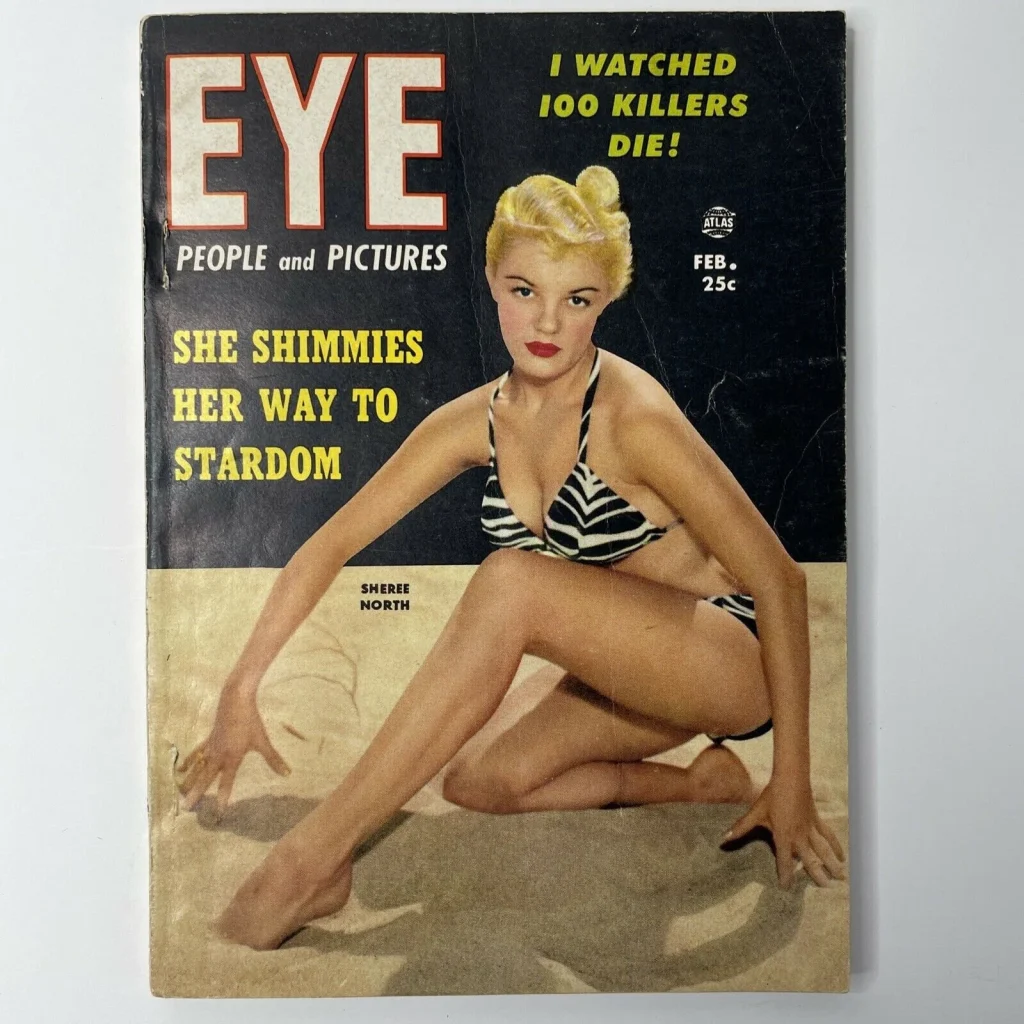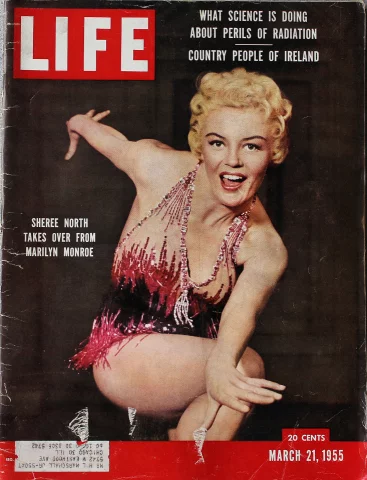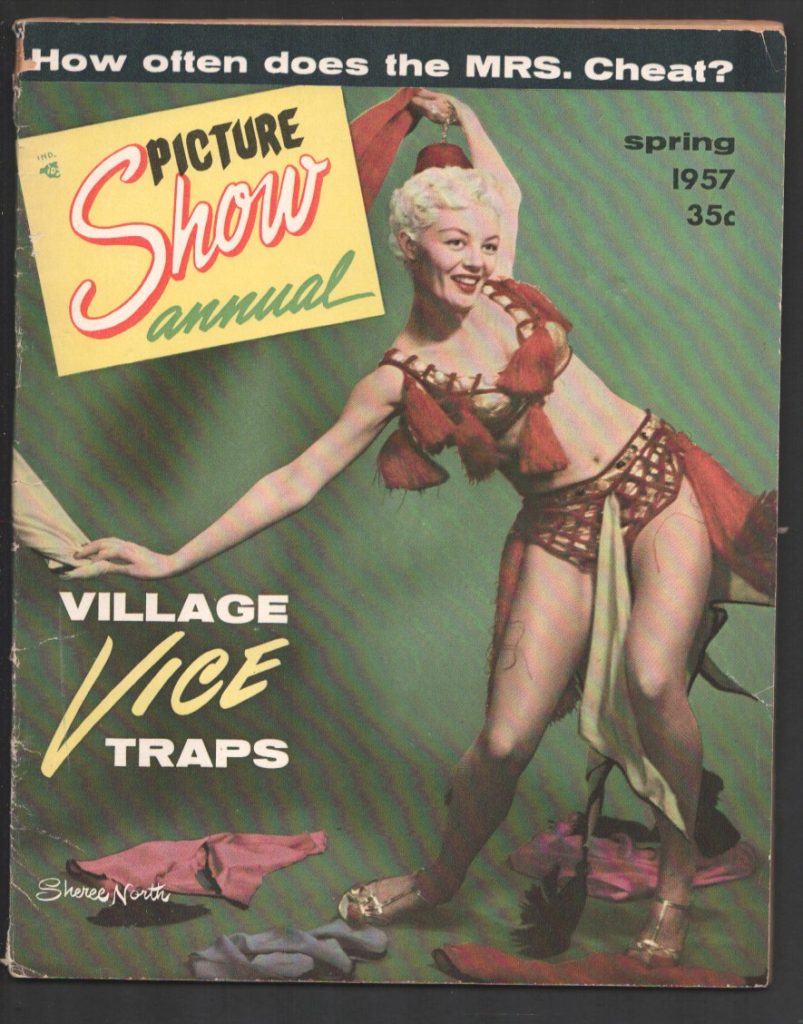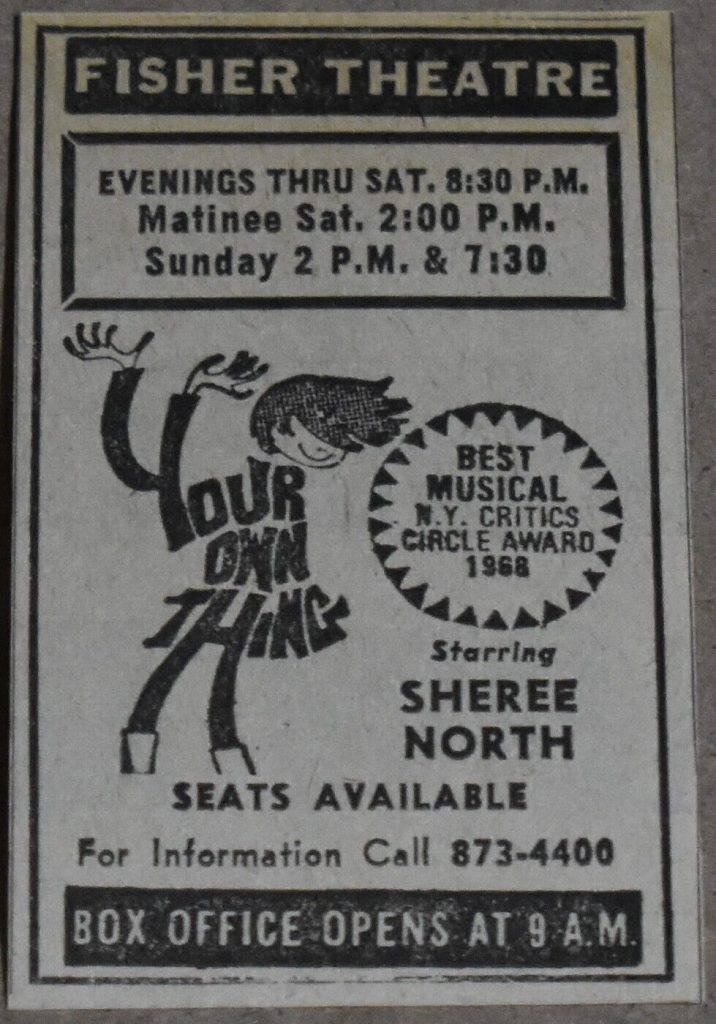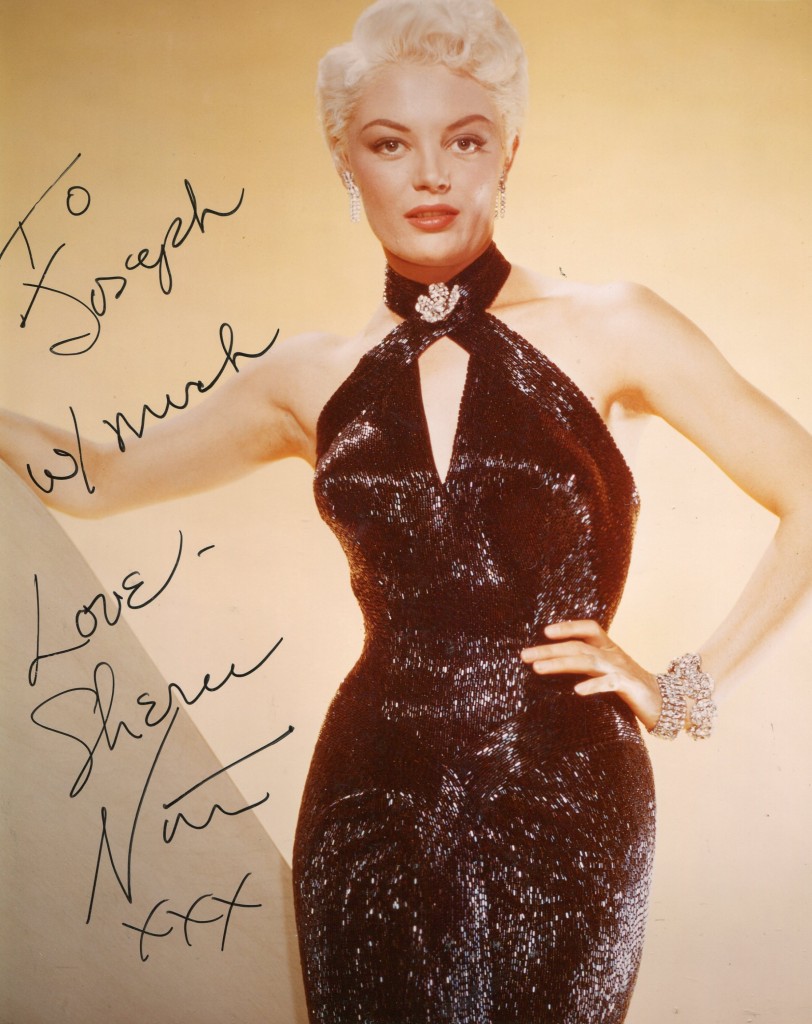
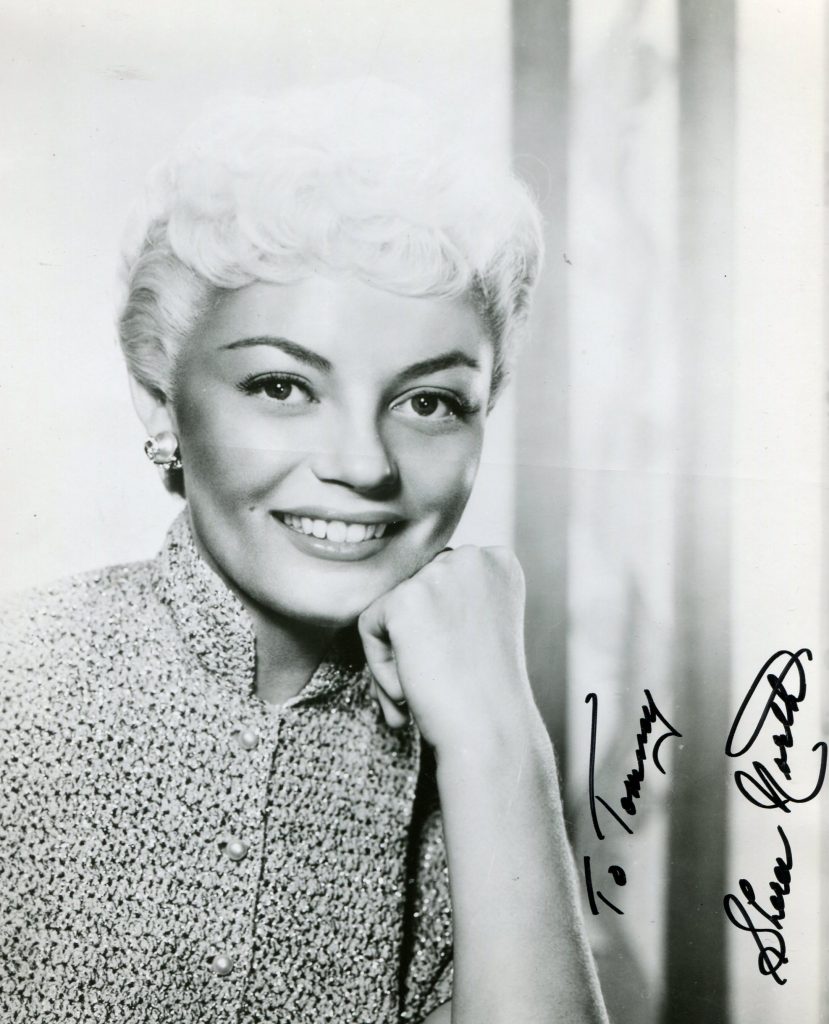
Sheree North was born in 1933 in Los Angeles. She made her film debut in “Excuse My Dust”. She shared the lead roles with Betty Grable in “How to be Very Very Popular” in 1955. She had a contract with 20th Century Fox and her other films included “The Way to the Gold” with Jeffrey Hunter and “In Love and Lar” with Hunter again and Robert Wagner, France Nuyen, Dana Wynter and Hope Lange. She seemed to disappear from movies for a number of years and came back in the late 60’s and developed into a terrific character actress and was featured in such films as “Madigan” in 1968, “Charlie Varrick” and The Organisation”. Sheree North died in 2005 at the age of 73.
Ronald Bergan’s “Guardian” obituary:
Sheree North, who has died aged 72, was one of the last in a long line of Fox blondes stretching from Sonja Henie, Alice Faye, Betty Grable, June Haver to Jayne Mansfield and Marilyn Monroe.
In fact, North was originally hired by 20th Century-Fox with the intention of making her the next Monroe, whose height and measurements she almost matched exactly. “Even today,” she told an interviewer in 1983, “there’s still the same reaction when producers hear my name. They remember me as the blonde who was to have taken over from Marilyn Monroe.”
North went on to make seven films for Fox in the 50s, before managing to live down the Monroe comparison – inevitably always in Sheree’s disfavour – to have a long career as a respected actor in films and on television. In February 1954, the unknown 21-year-old dancer signed a contract with Fox when they were starting to have problems with the unreliable Monroe. The following year, North was featured on the cover of Life magazine when she got the lead in How To Be Very, Very Popular, a part which Monroe turned down.
Given Marilyn’s star status, she was probably right, but for the young North, it was a lively launch to her career. Paired with the 38-year-old Betty Grable (in her last screen role), North seemed even more fresh and energetic, particularly in a number Shake, Rattle and Roll, which was publicised as “the first rock’n’roll dance on the screen!”
Born Dawn Bethel in Los Angeles – her single mother was a seamstress – she was already dancing publicly at the age of 10. “I started dancing about the time I started to walk,” she recalled. Married at 15, she was dancing under the name of Shirley Mae Bessire at various clubs when she was seen by dance director Robert Alton, who cast her in the 1953 Broadway musical Hazel Flagg, based on William Wellman’s 1937 film Nothing Sacred. This in turn became a Dean Martin-Jerry Lewis vehicle called Living It Up (1954), in which North reprised her show-stopping jitterbug routine.
After How to Be Very, Very Popular, North played the title role in The Lieutenant Wore Skirts (1956), again inviting comparisons with Monroe when cast opposite Tom Ewell, the hangdog actor who had fantasised about Marilyn in The Seven Year Itch, the previous year.
She displayed her dancing skills (her singing was dubbed) in two sizzling numbers in The Best Things In Life Are Free (1956) – The Black Bottom and The Birth of the Blues – in the latter being partnered by Jacques d’Amboise, principal dancer with George Balanchine’s New York City Ballet.
This was followed by three dramas meant to show off 20th Century-Fox’s young contract players. North was the waitress girlfriend of prospector Jeffrey Hunter (in a role originally meant for Elvis Presley, who wanted too much money) in The Way to the Gold (1957); alcoholic car salesman Tony Randall’s wife in No Down Payment (1957) and soldier Robert Wagner’s sweetheart in In Love and War (1958).
North’s Fox contract ended in 1958, but she returning to the big screen in a low-budget science fiction movie called Destination Inner Space (1966).
No longer the wide-eyed glamour girl, North turned in a vibrant performance in The Trouble With Girls (1969), one of Presley’s last films. The part of a smalltown single mother, dreaming of making it in show business, which allowed her a drunken tap-dance routine, began a series of world-wise, slightly tarnished women in meaty supporting roles. In Michael Winner’s Lawman (1971), she was sheriff Burt Lancaster’s former lover, a once beautiful woman, but now worn out by age and a hard life.
At the same time, she was becoming a regular in television series. In 1974, North appeared in the 100th episode of The Mary Tyler Moore Show and in the 80s, she appeared as Kramer’s mother Babs in Seinfeld.
She is survived by her fourth husband and two daughters from previous marriages.
· Sheree North, actor, born January 17 1933; died November 4 2005
the platinum blond bombshell of 1950s musical motion pictures groomed as a studio glamour girl to substitute for the more famous but often unreliable Marilyn Monr , Sheree North was also a favorite of younger audiences for her continuing television roles as Lou Grant’s sultry girlfriend on “The Mary Tyler Moore Show” and Kramer’s mother Babs on “Seinfeld.”
Born Dawn Bethel in Los Angeles on Jan. 17, 1933, North danced as a youngster with USO shows during World War II. She later sanded floors and parked cars to pay for ballet lessons. After abandoning thoughts of becoming a ballerina, she opted for paying jobs in local nightclubs and the chorus line at the Greek Theatre. She made her film debut in the 1951 “Excuse My Dust” starring Red Skelton. But despite her first few films, she became so discouraged about launching a show business career that she considered going to secretarial school. North had to cross the country for her breakout role – a wild dance number in the Broadway musical “Hazel Flagg” she was given after an agent saw her dancing in a Santa Monica nightclub. The debut on the Great White Way earned her a Theatre World award and a chance to repeat her self-styled jitterbug in the Dean Martin-Jerry Lewis musical comedy film version of the stage show, retitled “Living It Up,” in 1954.
Unlike other studio-styled blonds such as Jayne Mansfield or Mamie Van Doren, North tried to change her bombshell image, allowing herself to age gracefully, work without makeup and segue into older character parts. She worked steadily, enjoying a half-century career on stage, television and in film. But she never quite shook the initial image as a beauty, which she blamed on studio-generated press coverage in the 1950s. When she appeared on the initial episode of “The Bing Crosby Show” on television that same year, she more than held her own with Crosby and Jack Benny, coming close to walking off with the show.
Hollywood insiders originally whispered that 20th Century Fox hired North only as a threat to the troublesome Monr – whom she did replace in the 1955 “How to Be Very, Very Popular,” in which she outdanced and outshone the leggy Betty Grable. North not only shared Monr ‘s blond coiffure but almost exactly matched her height and measurements. After that, her film credits quickly rose to leading lady status, as in the 1956 musical film “The Best Things in Life Are Free” opposite Gordon MacRae and Dan Dailey.
North appeared on stage in such popular musicals as “Can-Can,” “Irma La Douce” and “Bye Bye Birdie,” and in such plays as “Private Lives,” “The Madwoman of Chaillot” and “6 Rms Riv Vue.” Her film career also endured for several decades, including such films as “The Outfit” with Robert Duvall in 1973, “The Shootist” starring John Wayne in 1976 and the 1991 thriller “Defenseless” with Barbara Hershey and Sam Shepard.
The actress probably gained her widest recognition on television, beginning with early 1950s variety shows including Ed Sullivan’s “Toast of the Town.” She went on to guest roles in such top series as “The Virginian,” “The Big Valley,” “The Fugitive,” “Cannon,” “McMillan and Wife,” “Owen Marshall: Counselor at Law,” “Kojak,” “Hawaii Five-O,” “Barnaby Jones,” “Fantasy Island,” “The Golden Girls” and “Murder, She Wrote.” She earned Emmy nominations for appearances on “Marcus Welby, M.D.” and “Archie Bunker’s Place.” North had a key role in the 1979 miniseries “Women in White” and played the uptight boss Edie McKendrick on Danny Thomas’ 1980-81 father-daughter sitcom “I’m a Big Girl Now.”
In 1974, North became a part of television history on the 100th episode of “The Mary Tyler Moore Show,” when Ed Asner’s character Lou Grant fell for her as Charlene Maguire, a saloon singer with a past. She inspired the crusty newsman Grant to start wearing mauve turtlenecks and zip around the office like, as one colleague said, “a 200-pound bumblebee.” North also has a memorable guest appearance on a pair of episode of “Archie Bunker’s Place,” where her character nearly tempts Archie Bunker into an affair. She found a new genration of fans when she played Kramer’s long-lost mother in a pair of “Seinfeld” episodes.
Later in her career, North’s connection to Monr was re-explored when she interviewed or cast in documentaries and shows about the iconic actress. Among them were the 1980 television movie “Marilyn: The Untold Story,” in which she played Monr ‘s mother; and the documentaries “Marilyn Monr : Beyond the Legend” in 1987 and “Intimate Portrait: Marilyn Monr ” in 1996. She also directed and produced several shows in small theaters, and in 2000 portrayed the Southern belle Amanda in a production of Tennessee Williams’ “The Glass Menagerie” at the Laguna Playhouse.
sheehan.com/
